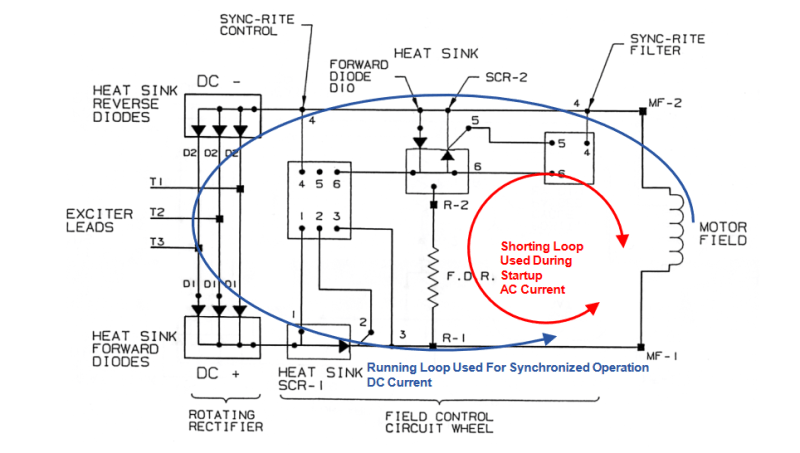LargeACMotorDude
Electrical
- Sep 11, 2023
- 9
Hello,
I’m looking for some information on the controls and logic for starting a brushless synchronous motor.
Any references or resources for these shorts of motors and controls would be greatly appreciated. I just find them interesting and would like to understand them a bit better.
Thanks!
I’m looking for some information on the controls and logic for starting a brushless synchronous motor.
Any references or resources for these shorts of motors and controls would be greatly appreciated. I just find them interesting and would like to understand them a bit better.
Thanks!

